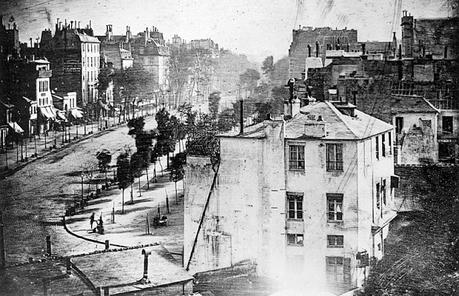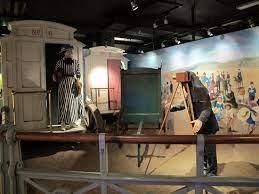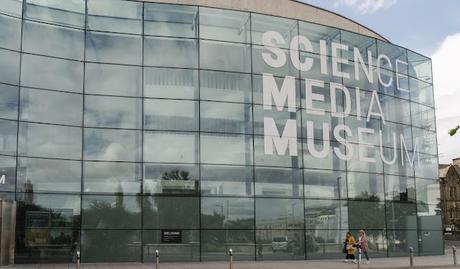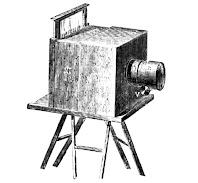
Have a look at the image above of the Boulevard du Temple taken by Louis Daguerre in 1839. It is believed to be the first photograph showing a living person and certainly the first most practical method for taking an image. What do you think is missing? Answer below.In 1826, Nicéphore Niépce had first managed to fix an image that was captured with a camera of his family’s estate but at least eight hours or even several days of exposure in the camera were required and the earliest results were very crude.Niépce's associate Louis Daguerre went on to develop the daguerreotype process, the first publicly announced and commercially viable photographic process. The daguerreotype required only minutes of exposure in the camera, and produced clear, finely detailed results.On August 2, 1839 Daguerre demonstrated the details of the process to the Chamber of Peers in Paris. On August 19th the technical details were made public in a meeting of the Academy of Sciences and the Academy of Fine Arts in the Palace of Institute. For granting the rights of the inventions to the public, Daguerre and Niépce were awarded generous annuities for life.Now I’m going to fast forward and look back a bit and go on a bit of a rant. In 1983 The National Museum of Photography, Film and Television was opened in Bradford. In 2011 the museum was voted the best indoor attraction in Yorkshire by the public, and it was one of the most visited museums in the north of England.

I can vouch for that as our Social Club at the hospital used to run trips there and we were guaranteed a couple of full coaches for our visits. I remember being able to do weather forecasts and read the news from autocues. Every part of the place was fascinating.In 2016 you could see the way things were going when the decision was made to move a world famous photography collection to the V&A in London. More than 400,000 images were transferred out in an act described as cultural vandalism.I went back there last year and was shocked at the tackiness of the place now. I’ll acknowledge that the basement holding the Kodak collection (above) is still excellent with the work of pioneers like Niépce, Talbot and Daguerre, the daylight studio, the birth of popular photography etc. But that is because they hadn’t changed anything.It was redesigned into The National Science and Media Museum back in 2017 and the memory I have of it now is that it had been designed especially for children to run around in and bang or press buttons. The scientific and technical information available is pathetic. And now the Museum is closed for yet another make over. Open again in 2025 apparently.

And just to finish it all off it has one of the worst cafes I’ve ever been in. That’s that done.So let’s go back to ‘Le Boulevard du Temple’ and 1838. Daguerre captured the street scene in Paris. However, due to the long exposure time required for early photographic techniques, moving subjects, such as people, did not appear in the final image. The exposure time was several minutes, and moving objects would not be captured as they were constantly in motion. As a result, the photograph shows a seemingly empty street, devoid of human figures, even though the area was bustling with activity.Boulevard du Temple 1839
The shoeshine boy and customer
is pretty good
but what he should have done
was to ask a mate of his
to set up as an artist
canvas and easel
and the dramatic flourish
of a brush pointing to his window
but maybe that’s being
a bit picky and anyway
at that distance
it would have looked like
someone with his hand in the air
rather than a dramatic point
about the End of Art
which is always a load of
what’s probably scattered
all along the Boulevard
though it didn’t stop Painters
packed in L’Académie des Sciences
gasping exactly that
though to be fair
gasping at Daguerre’s silver coated plate
is what I do every time I see it.
First published in the French Literary Review, August 2017

Thanks for reading. Comments welcomed.Terry Q.
Email ThisBlogThis!Share to TwitterShare to Facebook
